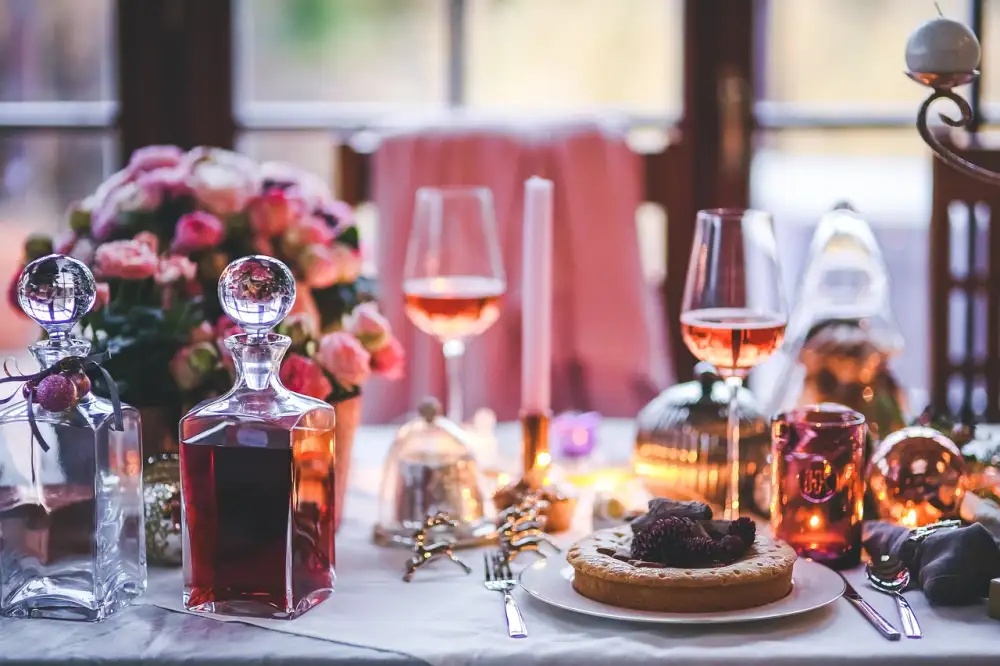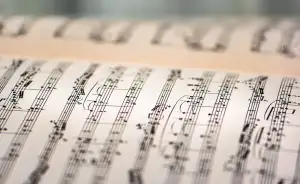Regal Delights: Exploring the Exquisite Coronation Food Fit for Royalty

Coronation food holds a special place in history, symbolizing grandeur, tradition, and celebration. These sumptuous feasts have been an integral part of royal ceremonies for centuries, showcasing the finest culinary creations fit for kings and queens. From elaborate banquets to intricate dishes prepared with precision and care, coronation food embodies the essence of royalty and extravagance. Join us on a journey to explore the exquisite world of coronation cuisine and discover the rich tapestry of flavors that have graced royal tables throughout time.
Historical Significance of Coronation Feasts
Coronation feasts have a rich historical significance, dating back centuries to the elaborate ceremonies that marked the ascension of monarchs to the throne. These feasts were not only a celebration of the new ruler but also served as a symbol of power and prosperity. The grandeur of the banquet reflected the wealth and status of the monarchy, with sumptuous dishes and extravagant displays of food being prepared to impress guests and dignitaries from near and far. The feasting was seen as a way to showcase the opulence and magnificence of the royal court, reinforcing the authority and legitimacy of the newly crowned king or queen.
Traditional Dishes Served at Coronations
Traditional dishes served at coronations have long been a symbol of opulence and grandeur. Some staple items include coronation chicken, a dish created for Queen Elizabeth II's coronation in 1953, which consists of cold chicken in a creamy curry sauce. Another classic is saddle of mutton, often served at British coronations dating back to the medieval era. Peers of the realm traditionally present the monarch with a gift of a glove filled with coins, symbolizing their loyalty and wealth. These dishes reflect centuries-old traditions that continue to be cherished in royal celebrations.
Evolution of Coronation Menus Over Time
Over time, coronation menus have evolved reflecting changes in tastes, availability of ingredients, and culinary trends. In the past, elaborate dishes like peacock pie and swan were common at medieval coronations. During the Renaissance, exotic spices and sugar sculptures adorned tables. The Victorian era saw a shift towards more refined French-inspired cuisine. In modern times, lighter fare and diverse global influences have shaped coronation menus to cater to contemporary palates while still honoring tradition.
Influence of Culture and Region on Coronation Cuisine
"Influence of Culture and Region on Coronation Cuisine:
Coronation cuisine is heavily influenced by the culture and region in which the ceremony takes place. For example, British coronation feasts often feature classic dishes like roast beef, Yorkshire pudding, and trifle, reflecting the country's culinary traditions. In contrast, Thai coronation banquets may include dishes such as green curry and mango sticky rice, showcasing the rich flavors of Thai cuisine. These regional influences add a unique touch to each coronation feast, highlighting the diversity and richness of global culinary heritage."
Modern Interpretations of Coronation Food
In modern times, chefs and food enthusiasts have taken inspiration from traditional coronation dishes to create innovative interpretations that blend classic flavors with contemporary techniques. These modern versions often feature a fusion of global cuisines, incorporating ingredients and cooking styles from around the world to create a unique culinary experience. Chefs experiment with presentation, flavor pairings, and textures to offer a fresh take on the regal delights fit for royalty while paying homage to the rich history and heritage of coronation feasts.
Tips for Hosting a Coronation-Inspired Feast at Home
1. Research Traditional Recipes: Explore historical cookbooks or reputable sources to find authentic recipes served at past coronations.
2. Set the Scene: Create a regal atmosphere with elegant table settings, candles, and perhaps even some royal decorations to enhance the ambiance.
3. Dress the Part: Encourage guests to dress up in formal attire or even in costumes reminiscent of royalty to fully immerse themselves in the experience.
4. Serve Multiple Courses: Emulate the grandeur of a coronation feast by serving multiple courses, including appetizers, mains, and decadent desserts.
5. Incorporate Symbolic Foods: Include dishes that hold significance in royal traditions, such as roast meats, game birds, and elaborate desserts like fruit tarts or trifles.
6. Offer Fine Wines and Beverages: Pair your dishes with quality wines or sparkling beverages to complement the flavors and elevate the dining experience.
7. Provide Entertainment: Consider adding live music or traditional performances to entertain guests between courses and enhance the celebratory mood.
8. Share Stories and History: Throughout the evening, share anecdotes about coronations, royal traditions, and the significance of certain dishes to enrich your guests' understanding of the event.
By following these tips, you can host a memorable coronation-inspired feast that pays homage to centuries-old traditions of regal dining while creating a truly majestic experience for you and your guests at home.
In conclusion, the culinary traditions surrounding coronations offer a glimpse into the rich history and cultural heritage of different regions. Through the centuries, these elaborate feasts have symbolized power, prestige, and unity. By recreating coronation-inspired dishes at home or experiencing them at specialty restaurants, we can pay homage to the royal legacy and savor the exquisite flavors that have delighted monarchs for generations. Let us continue to celebrate royalty through the art of food and keep these regal delights alive for years to come.
Published: 12. 03. 2024
Category: Home



